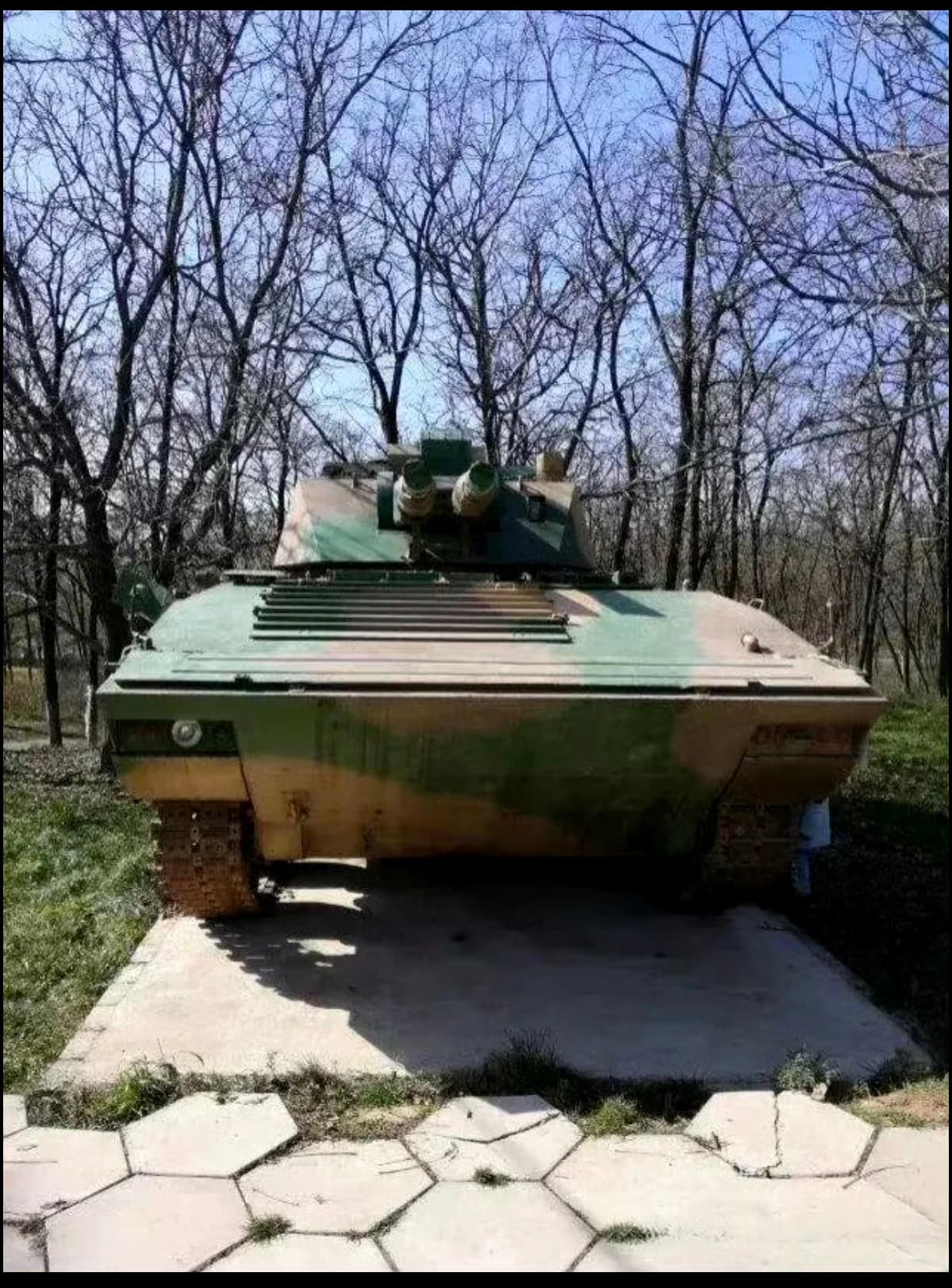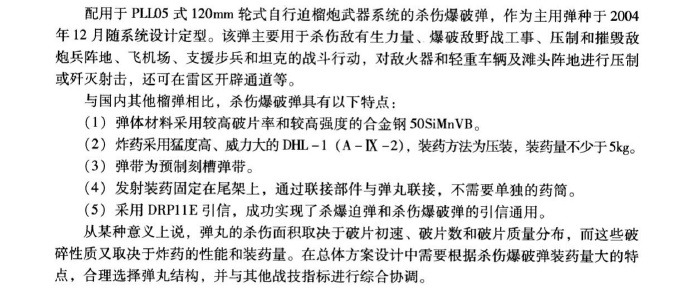- Yes
- No
History
At the end of the 1990s, due to changes in the international situation, the world’s major countries believed that high-intensity, large-scale wars would not occur for a certain period of time. The direction of weapons research and development also gradually shifted to local wars. At this time, the PLA urgently need a better mobility and suppression capabilities of artillery. The 60mm, 82mm and 100mm mortars equipped at that time were considered insufficient, and the W86 120mm mortar for foreign trade was not included in the procurement range because of various shortcomings.
Tracked self-propelled mortars developed by China in the 1990s
In 1998, NORINCO assigned engineers from the 202nd Research Institute to study and train in Russia in order to upgrade its artillery expertise. This brought the specialists into contact with the then Russian 2S9 (2C9) 120mm mortar system, which could meet airborne requirements, had a certain degree of protection, and was able to overcome terrain and water obstacles. It has a combination of flat and curved trajectory, can fire a variety of munitions to perform a variety of tactical combat tasks, at the same time to achieve the crew in the nuclear, biological and chemical battlefield conditions in a completely closed combat compartment to complete the requirements of the operation.

2S9 is still the main force of the Russian airborne forces fire support weapons
Experts from the 202nd Research Institute were impressed and appreciated the 2S9’s design thinking and technology. After returning home, they put forward a plan to develop a domestic 120mm weapon system with reference to its technical characteristics. This plan was established in early 2000. The first result of this project is the PLL-05 120mm wheeled gun/mortar system.

PLL-05
China’s self-produced 120mm weapon system draws on the 2S9’s technological strengths, and in the research and development of the system, the system incorporates the navigation system, the fire-control computer, the gun commander’s terminal and other equipment, as well as the terminal guided rounds, the final sensitised rounds, and the rocket range-extended rounds, which brought the system to an internationally advanced level at the time.
Equipment inside the Chinese 120mm turret

120mm rounds
Shortly after the PLL09 was equipped, the design team transplanted its turret onto the ZSD-89A chassis. This chassis was derived from the 21st Century North Vehicle Group (NVG) modernisation of the ZSD-89, which upgraded the information system and made a number of power and hull configuration improvements. Combined with the 120mm turret, it was eventually designated the PLZ-10, and was subsequently produced in large numbers and equipped with artillery units.

PLZ-10
In War Thunder
The game does not have any weapon system of this type at the moment. However, considering the small-calibre self-propelled gun and the armour-breaking capability of the 120mm HEAT, its position in the game is probably closer to that of a ‘light tank’ that fires armour-breaking rounds. I’m sure these weapons will find their place in the tech tree. After the 2S9 Nona is added to the game, the PLZ-10 could appear as an ‘upgrade’ in the Chinese tech tree, just like the 2S31/2S42 developed by Russia.
Spefications
Gun : 120mm linear gun (10rpm max fire-rate)
Crew : 4 (Commander, Driver, Gunner, Loader)
Speed : 70kph.
Engine : 450 HP. BF6M1015C 6-cylinder supercharged water-cooled diesel engine with a maximum power of 331kW.
Weight : 18t
Accessories:
12x 76mm Smoke Grenade Launchers
Laser Rangefinder
CH300 Integral Integrated Transmission


















